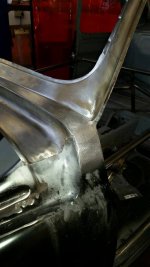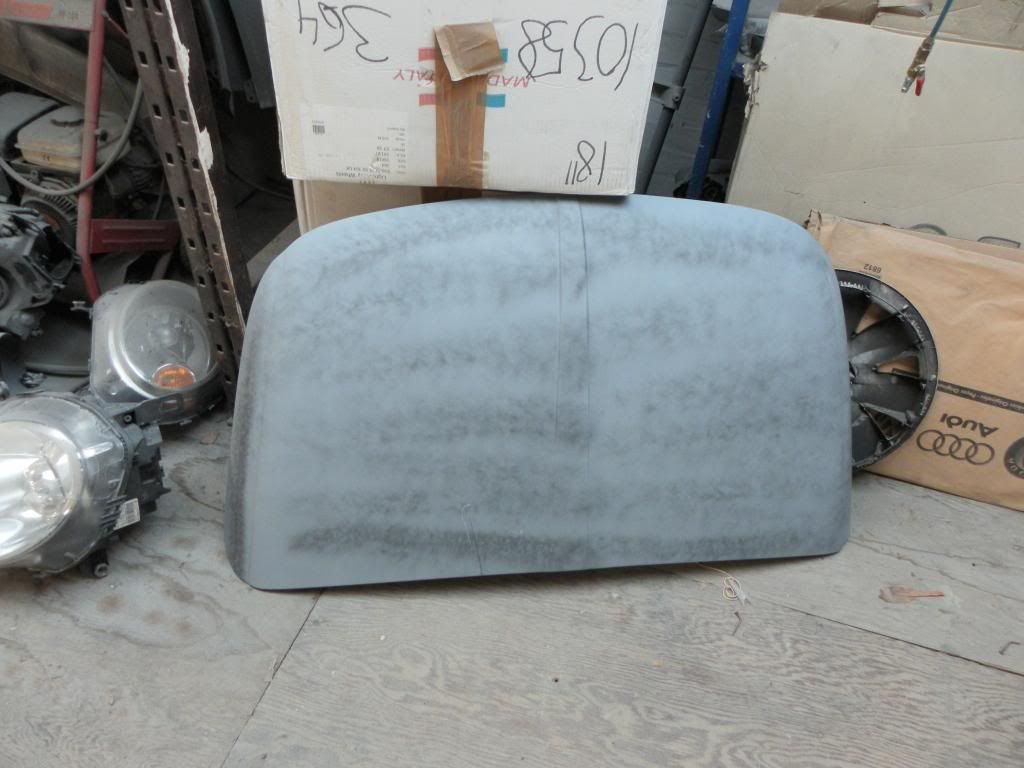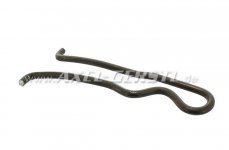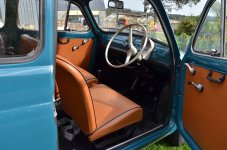Damian, if you want to keep the line then the best way to reshape it is to mix enough filler to cover the whole joint, don't go too mad with the hardener as you want a bit more working time. Spread the filler from top to bottom and fill the joint. Then let the filler go a little firm but tacky and then run the corner of the spreader down the joint to put the line of the seam in it. You may want to run the spreader down a couple of times and make the line as deep as possible within the original joint.
Then let the filler cure. Sand the wing & f/ panel to get the correct contours.
Then with a piece of 120 grit start to create the radius either side of the joint line to recreate the edge of the panels. If you just fill the joint it will crack with stress later. By keeping a proper space between the panels and sealing it this will prevent cracking.
Tedious but worth it!
Then let the filler cure. Sand the wing & f/ panel to get the correct contours.
Then with a piece of 120 grit start to create the radius either side of the joint line to recreate the edge of the panels. If you just fill the joint it will crack with stress later. By keeping a proper space between the panels and sealing it this will prevent cracking.
Tedious but worth it!






